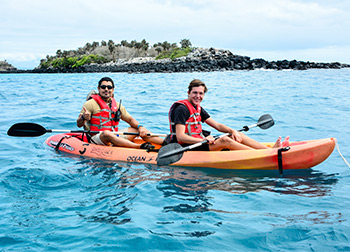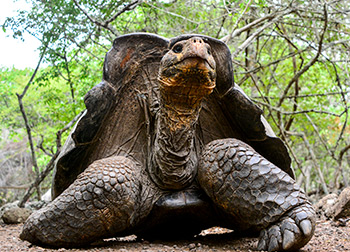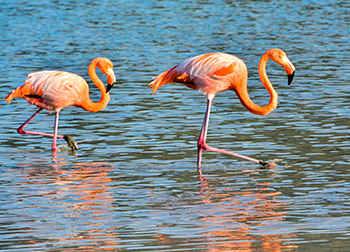Fortunately, between the whalers arriving and the establishment of the Galapagos Islands National Park in 1959, the Islands’ creatures didn’t develop an ingrained or inherited trait of fearing Man. The fearless attitude the animals have is perhaps one of the greatest wonders of the Galapagos tours. In this sense, a travel cruise is able to expose visitors to life in its most natural state as animals carry on with their daily lives in a comfortable environment. They do not consider us a predator or cause for alarm – they don’t even surreptitiously shuffle sideways to get out of our way. This is due in greater part to the fact that the Islands don’t have any large carnivores – the Galapagos Islands hawk is the biggest predator. In fact, when exploring a visitor site on Galapagos Islands, you have to take care not to trip over a family of basking marine iguanas, step on a blue-footed booby’s nest or stumble over a sea lion. The peace on these islands can be found in a scarce few places on our planet. The Galapagos tours greatly respect this and work hard to protect this relationship and preserve the nature of the Galapagos Islands.
All You Need to Know About the Galapagos Islands
All You Need to Know About the Galapagos Islands
Galapagos Islands information
The Galapagos Archipelago, without exaggeration, is a place like no other. Its islands emerged from the bottom of the sea in astonishing volcanic upheavals, the effects of which can still be observed today. Winds and competing ocean currents seeded life on this remote group of islands, creating the natural laboratory that compelled British naturalist Charles Darwin to develop his theories of evolution in the wake of his visit in 1835. His ideas shattered long-held basic concepts about life itself. Thanks to Ecuador’s visionary creation of the Galapagos Islands National Park in 1959, the islands may well be more pristine now than when Darwin walked their shores! From its namesake giant tortoises to dancing blue-footed boobies and albatross to marine iguanas – miniature aquatic dragons – to cavorting sea lions, the uniquely trusting wildlife of the Galapagos Islands will look you in the eye just an arm’s length away – connecting you to nature like nowhere else. Galapagos tours offer visitors a first-hand account of evolution and the opportunity to observe Galapagos iconic species, all in a place where nature shares its glory with humankind.
Situated in one of the most active oceanic volcanic areas on Earth, the location of the Galapagos Islands is a key aspect of their formation. The islands are special because they have never been connected to the mainland. The flora and fauna that reached the islands’ shores – before the arrival of man at any rate – first had to survive hundreds of miles of ocean. So difficult was the journey that mammals failed almost entirely to complete its passage, and so did all amphibians. In fact, over millions of years, only a small rice rat completed the voyage. The kings of Galapagos Islands fauna are reptiles, but how did they get there? Washed from the banks of rivers on the continent by flash floods, they floated on natural rafts of vegetation skippered by whimsical ocean currents for weeks, and finally disembarked where they fortuitously impregnated.
Where are the Galapagos Islands located?
The Galapagos Islands are located right in the tropics and right at the intersection of five ocean currents, 620 miles (1,000 kilometers) from the South American mainland, which bring nutrients to the water around the islands. As a result, the islands host one of the richest marine ecosystems in the world. Galapagos outings offer visitors an opportunity to observe the various schools of fish, coral, sharks, penguins, marine mammals, cetaceans, and many other animals that live in or around these islands benefitting from the nutrient-rich waters.
What animals can I see in the Galapagos Islands?
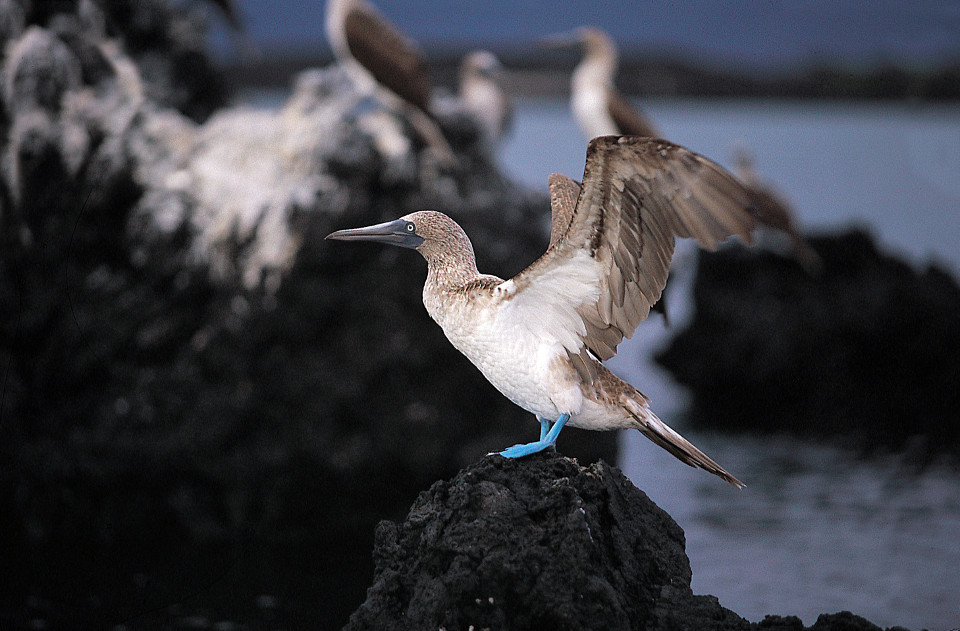
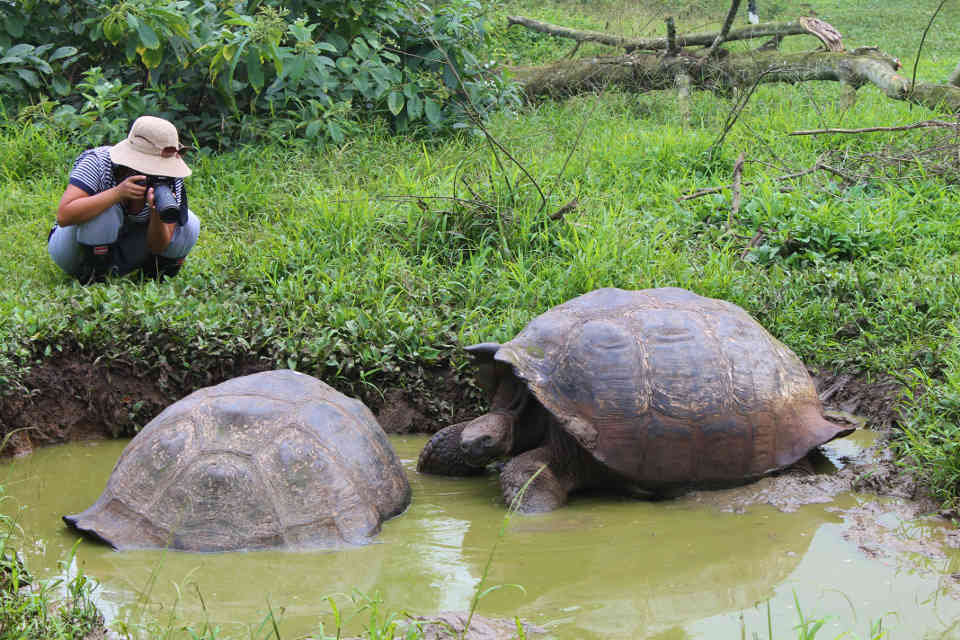
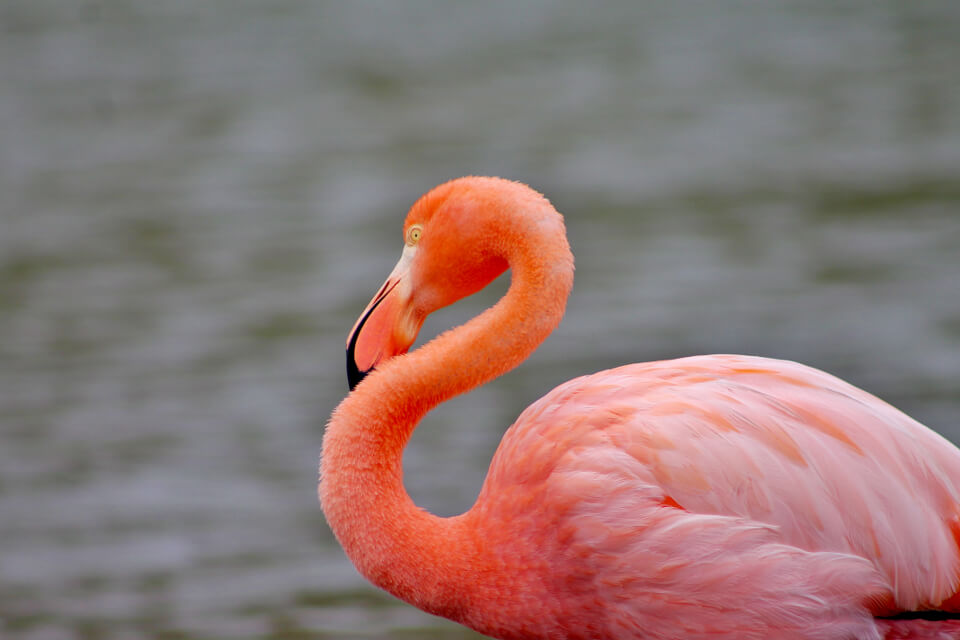
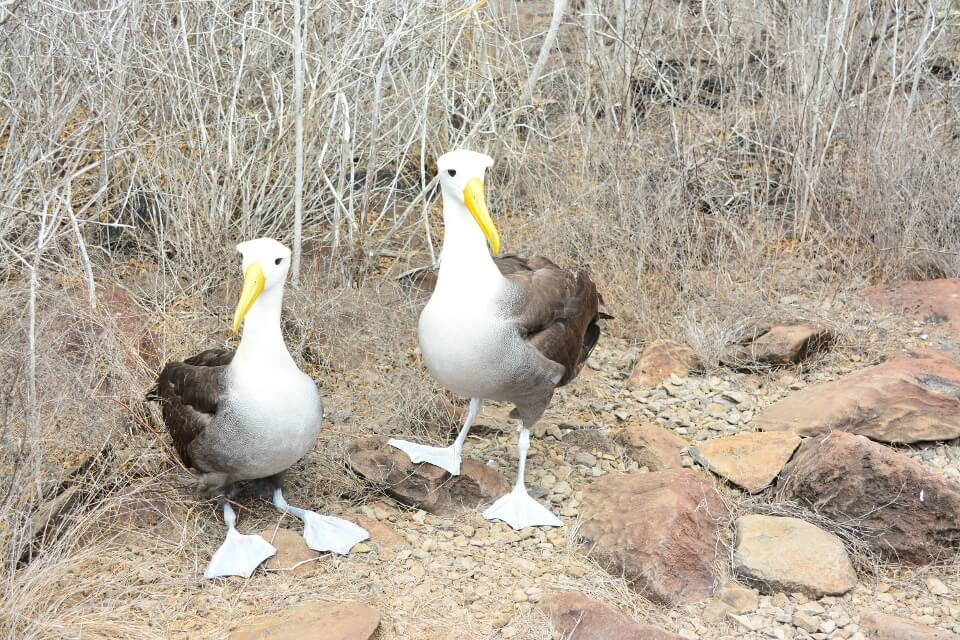
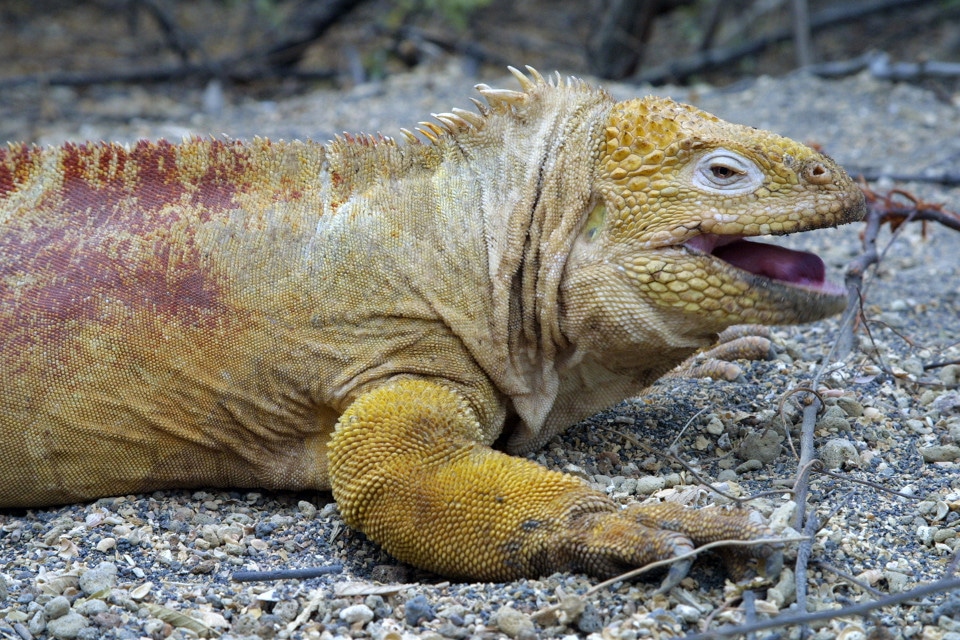
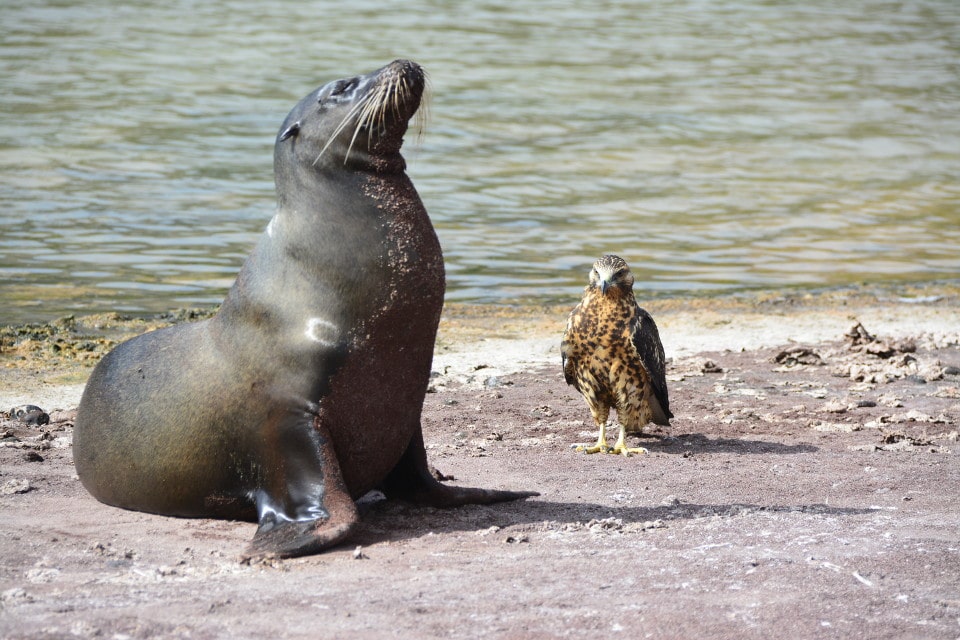
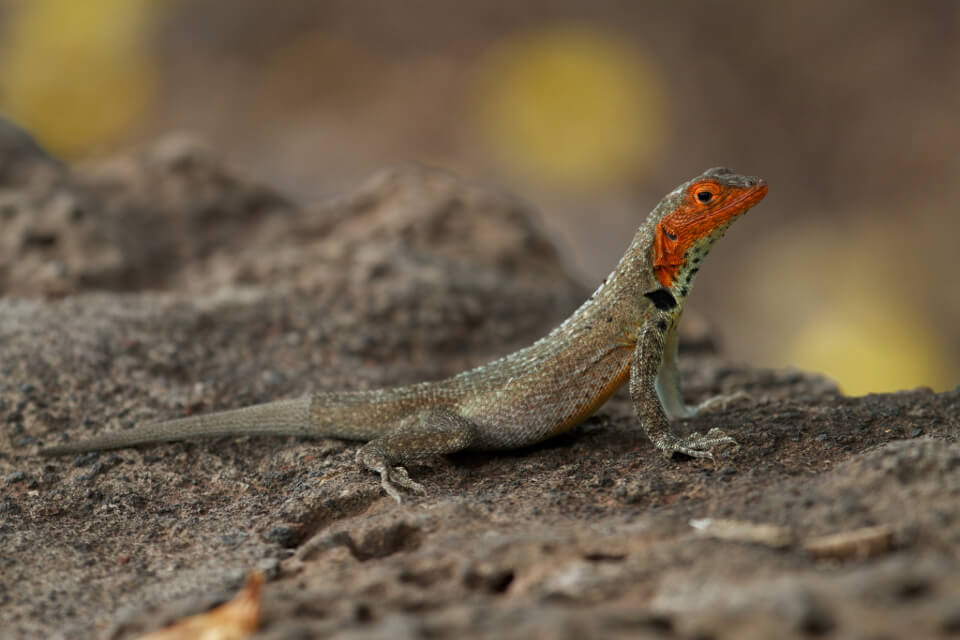
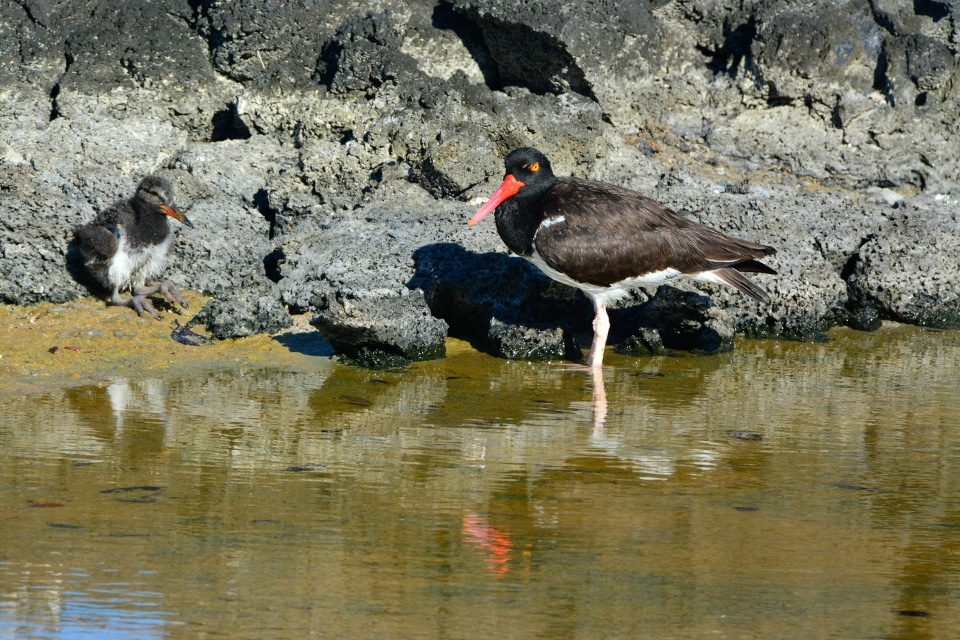
What makes the Galapagos Islands so unique?
Following their arrival, the reptiles and many of the marine birds that also alighted on these volcanic isles then had millions of years to adapt to their environment. In the words of Charles Darwin, Galapagos Islands – in fact, the sub-title to the first edition of On The Origin of Species – their survival followed the principle of “the Preservation of Favoured Races in the Struggle for Life.” The Galapagos Islands boast a unique collection of flora and fauna, as well as a remarkable number of endemic species. This is due to the fact that once on the islands, they faced very few challenges that impeded them from efficiently adapting to their new conditions.
During Galapagos tours, visitors can view finches, mockingbirds, tortoises and other life on the islands, which are outstanding examples of adaptive radiation. Thus a land tortoise that began little bigger than your foot grew to the length of six-year-old child; a cormorant became flightless as it gained an advantage by fishing underwater rather than flying; one species of finch arrived and adapted to its environment to such an extent that there are today 13 species; and a mutation of a land iguana whose offspring were good swimmers thrived and reproduced, creating the marine iguana, unique to the Islands. Flora too, mutated and adapted. The scalesia tree, for example, which reaches heights of a good 10 meters (30 feet) in the highlands on some of the Galapagos Islands, is from the same family as the diminutive daisy. Additionally, it is worth mentioning that 30% of the native plant species are endemic to the islands, while 20 of the 22 reptile species and 24 of the 29 species of land birds are endemic. These plants and animals cannot be found in any other part of the world; they are unique and form the very nature of the Galapagos. Adventure cruises, like Santa Cruz II Galapagos Cruise, allow visitors to view these outstanding adaptations of nature first-hand and to witness what Darwin discovered so many years ago – that we are all connected and come from the same seed; that the skin, skeleton, and nature of the creatures of this earth are merely a result of adaptation and the ability to make the best of a situation.
Why are the Galapagos Islands protected?
Initially, man had very little interest in the Galapagos Islands, and the animals were left to their own devices. Although the islands were discovered by the blown-off-course Bishop of Panama in the mid-1500s, it really wasn’t until the 19th century that man took any notice of these ‘enchanted isles’. In fact, mariners hated them. The description of ‘enchanted’ found in tourist brochures is really a mistranslation of the Spanish ‘encantadas,’ which should really translate as ‘bewitched’ in this context. Cloaked in garua sea mist for half the year, black and foreboding, occasionally spewing volcanic fire, and with very few sources of fresh water, no seaman worth his salt wanted to spend any time in the archipelago.
The whaling trade changed this. The Humboldt Current that carries nutrients northwards from the frigid seas of Antarctica brings vast schools of fish and cetaceans, which attract whales and in turn, attracted whalers. For the whalers who sold whale oil to the citizens of the burgeoning cities of North America and Europe, Galapagos Islands’ fame grew almost like that of San Francisco in the midst of the gold rush.
Whalers began to inhabit the archipelago in the 17th century, wreaking havoc on the islands. They released domestic animals for future use, which destroyed the land and vegetation, significantly deteriorating the delicate ecosystem. They chopped down forests for burning whale fat and carried off tens of thousands of giant tortoises, whose meat would sustain them on their long sea voyages. The reptilian tortoises, stacked five-high in the holds of the ships, could last three months without water – the ideal meals-on-shells. Additionally, many of the invasive species that were introduced to the island preyed on tortoises, mostly devouring their young and eggs. This destruction was so horrendous that in 1960 only 200 adult tortoises lived on Pinzon Island and a mere 14 on Española.

A female flightless cormorant brooding.
Various projects have been undertaken to capture all of the invasive animals and restore the land to its natural habitat. As recently as 2006, the last goats were removed from the islands, while in 2000 the last remaining pigs were also removed. As a result of the damage that the islands had suffered, the park initiated the largest ecosystem restoration project in a protected area in the history of mankind. Fortunately, this project has been hugely successful. More than 550 tortoises have been repatriated to Pinzon and more than 1,700 to Espanola Island. Additionally, it resulted in the restoration of Pinta and Santiago Islands, as well as the northern section of Isabela Island. Thanks to these projects and the creation of the Galapagos National Park, the islands have been restored to near-original conditions and the Galapagos tours are able to demonstrate the ingenuity of the islands to visitors.
Within only a few thousand years of homo sapiens crossing the Bering Strait, all of the continent’s large land mammals (with a couple of exceptions) had been exterminated. The survivors developed an innate fear of Man. Land mammals ran a mile. Birds flapped for their lives. This is the world as we know it; the relationship with the natural world we have come to accept.
Why is the Galapagos Islands' wildlife unique?
In the Galapagos Islands, the animals are all blissfully unaware that just a few hundred miles away their kin would have been clubbed, clobbered, feathered, skinned, boiled up with some potatoes or sold by the likes of us faster than you could say evolutionary biology.
Not only are the Galapagos Islands the ‘Origin of the Origin of Species’, they are one of the few places on the planet where you can observe these species at will, in comfort, with enough time to enjoy their remarkable characteristics and to reflect upon our place in the great tree of life: to realize we are just one twig at the end of one branch of that tree; to realize we have a responsibility to that tree; to realize we have no more right to be up in its canopy than any other creature.

Guest observing the Galapagos wildlife that lives amongst the lava rocks.
What islands should I visit in the Galapagos?
The far-flung archipelago consists of 19 islands (Galapagos Islands) – 13 large and six small – and dozens of islets and rocks that break the waterline, according to the Galapagos Islands National Park. They dot a vast area of 45,000 square kilometers (17,000 square miles) on both sides of the equator. Shaped by eons of eruptions and lava flows, the islands are as varied as the unique animals that inhabit them. In fact, scientists group the Galapagos flora into seven distinct vegetation zones, three of which are major ones: the coastal zone, the arid zone, and the humid highlands. Furthermore, many of these volcanoes are still evolving, and in fact, only the Espanola and Santa Fe Islands have been extinct for several million years, while the Rabida and Pinzon Islands have been extinct for approximately one million years. In the last 200 years, there have been over 50 eruptions in the Galapagos archipelago, some of which presented a great threat to the flora and fauna, while others actually produced new land. A full 97% of the islands are protected by the National Park, accessible only via a cruise. Explore volcanic craters, fascinating lava flows, forests of bizarre cacti or fragrant palo santo trees, barren deserts and beaches in all sorts of colors: white, black, red, or gold. It is well accepted that each island is a world by itself. Thus, if you’ve seen ONE Galapagos island, you haven’t seen them all.
- Bartolome
- Española
- Fernandina
- Floreana
- Genovesa
- Isabela
- North Seymour
- Santa Cruz
- Santa Fe
How can I visit the Galapagos Islands?
COMBINED GALAPAGOS ITINERARIES
Want to explore even more? With so much to see and do in the archipelago, our combined Galapagos tours give visitors the chance of a unique experience and an even greater number of islands and iconic species. We invite you to inquire about our combined Galapagos cruise itineraries!
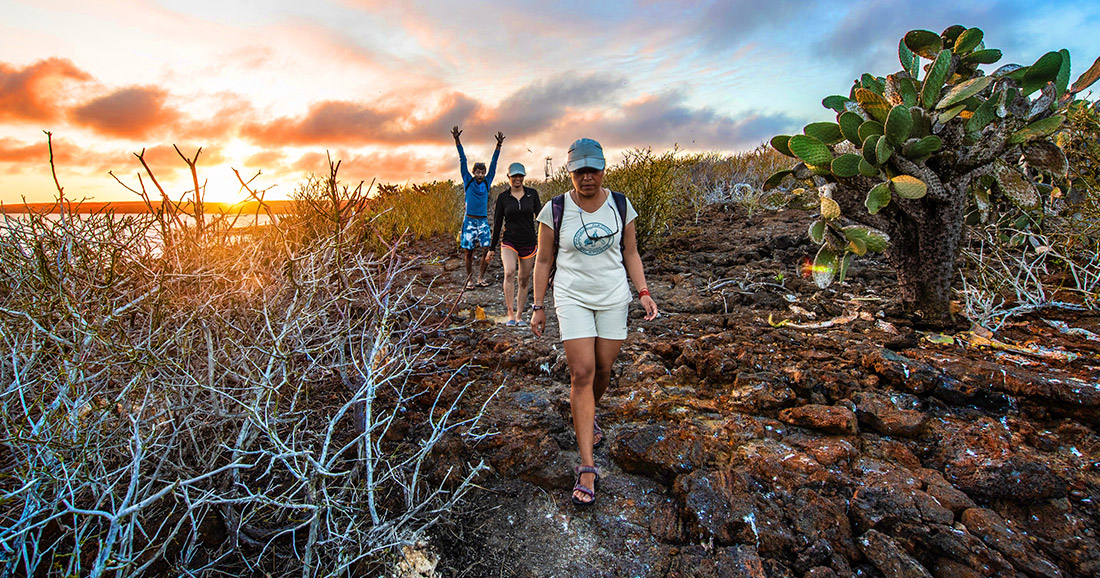
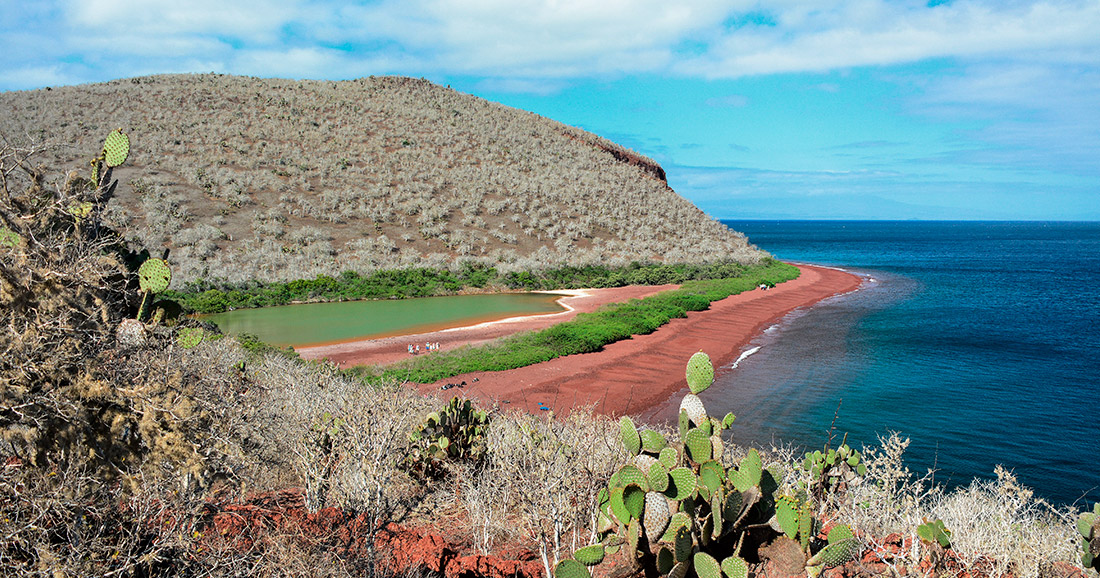
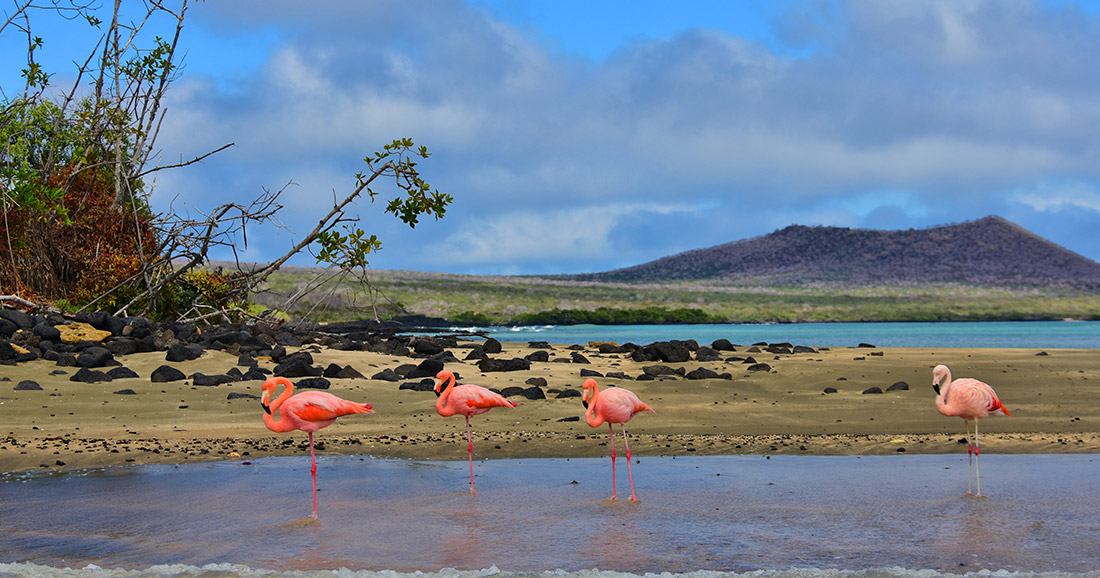
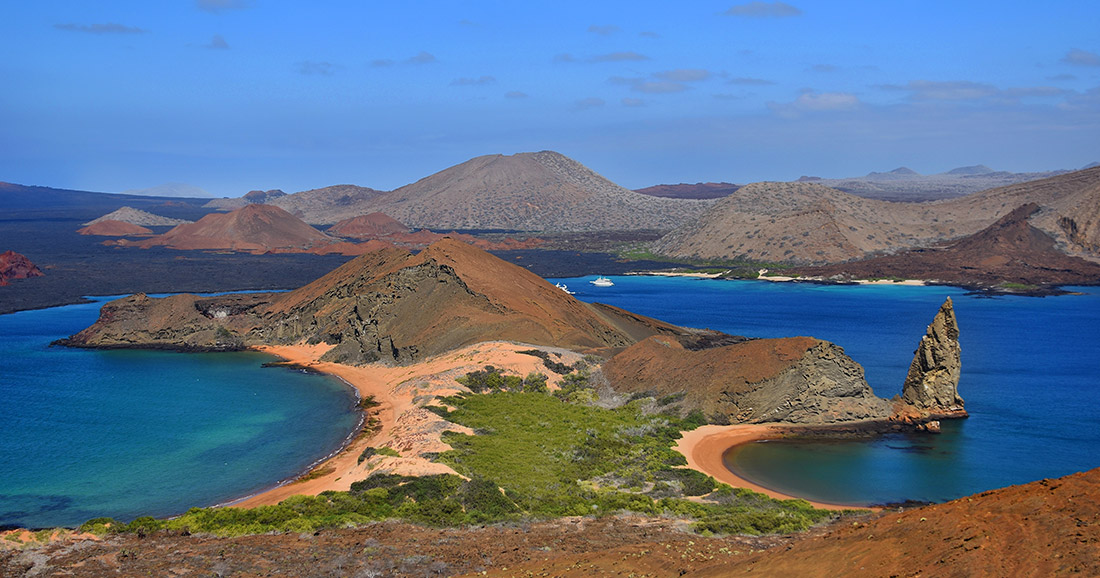
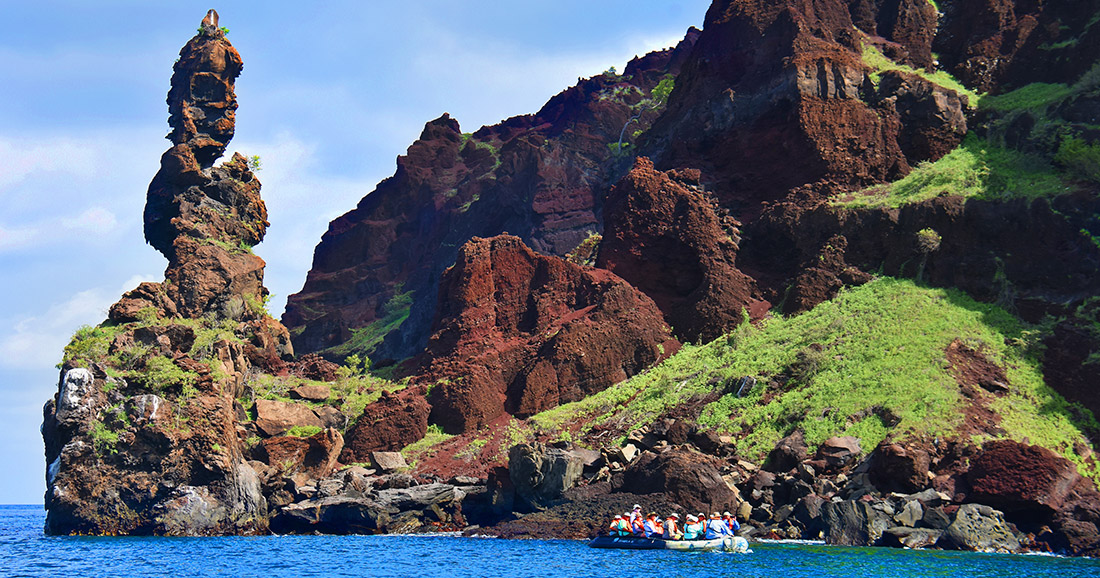
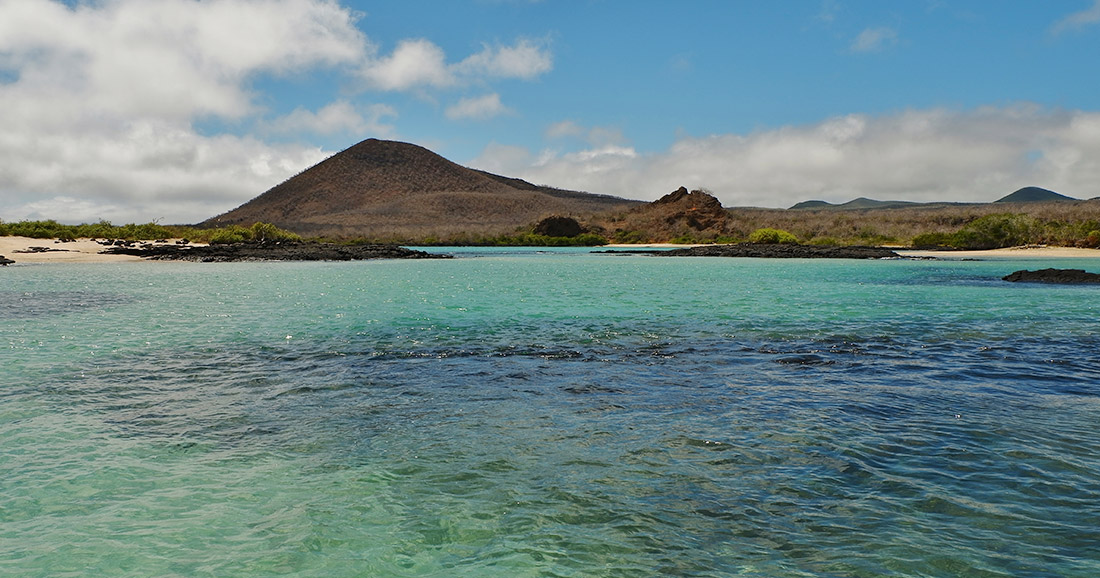
The Santa Cruz II covers great distances and takes you to visit a wide scope of landscapes throughout the Galapagos. Strong currents and deep waters lead to surprisingly great differences among the flora and fauna of individual islands, as Darwin already found more than 150 years ago. As he discovered, “the natural history of these islands is eminently curious, and well deserves attention.” This is truest for the quintessential BIG15 animal species and notable iconic islands. Backed by close to a half-century of experience in the Galapagos Islands, Santa Cruz II will take you on a unique travel experience that balances each journey with an optimum combination of wildlife, geography, shore activities, and wonderful service.
